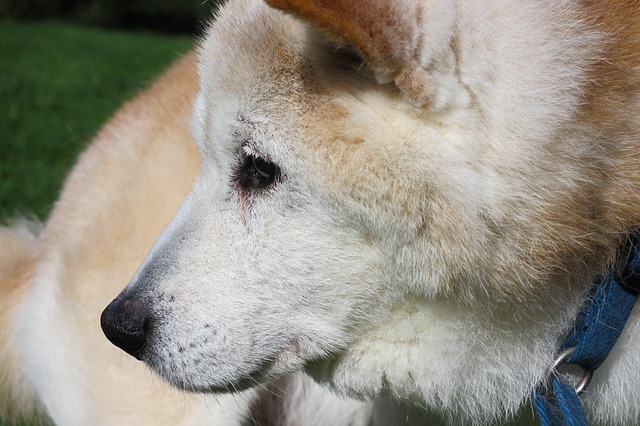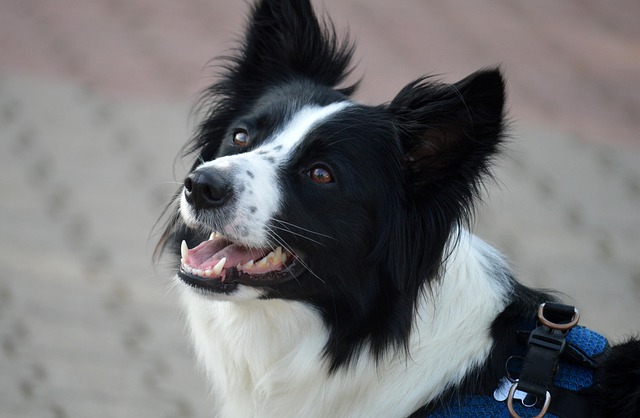Dog scootering is a new sport that is beginning to enjoy some success in the UK and France after conquering North America. It’s about scootering while being towed by your dog. While this activity has many advantages for your pet as well as for its owner and the complicity between the two, it is nevertheless an intense sport that does not suit all puppies.In this article, you will discover the advantages of walking your dog on scooters, breeds of dogs that can practice it safely, the necessary equipment, as well as the best practices, and essential recommendations.
What is the dog scootering
As the name suggests, dog scootering is an all-terrain scooter activity designed to get around with your dog, like dog trailing canine mountain biking. Very popular, thanks to the growing success of the scooter in the city, it allows you to walk around and burn a few calories in the company of your pet who enjoys a real intense workout.Your dog pulls your scooter with a leash and harness system. Your pet must know how to pull straight, otherwise, it will not be able to transport you.
The benefits of dog scootering
- Your pet is physically and playful in your company,
- You can travel with your pet and enjoy a moment of complicity, which strengthens your relationship,
- This sport helps maintain and improve your dog’s fitness,
- It is also ideal for developing and strengthening your pet’s obedience and education as a whole,
- It allows you to share a healthy activity for you and the animal and to make it a moment of ritual and pleasure.
What breeds of dogs is it for?
As you may well, dog scootering, like any sport that comes close to it, is not suitable for all breeds of canine. It is ideal for medium to large animals, relatively hardy and able to tow you. The most common are Huskies and sled breeds in general, medium to large hunting dogs such as the Braque, and medium to large sheepdogs, such as the Border Collie.Dog scootering is not advisable for small dogs or too large jigs. It is not suitable for older and under-hardened animals. For an energetic little dog who wants to run and spend, prefer the dog trailing, much more suited to the reduced sizes.It is also not accessible to all humans! Indeed, it requires balance and flexibility, even a little endurance.
What equipment to use?
To practice this activity with your dog, you will need to equip yourself. At a minimum, you will need to invest in this suitable equipment:
- An all-terrain scooter: don’t think of doing this activity with a classic scooter. To follow your pet and not risk injuring each other, you will need to invest in the purchase of a solid, off-road model. You can find a suitable scooter on Go2scooetr.com
- A line of stroke: it is imperative that the leash contain a shock absorber, as the bumps, common in the practice of riding, can injure your pet if it is not well equipped.
- A sports harness: don’t imagine doing this activity by hanging your dog’s leash on his collar. You will need to buy a suitable harness designed for sport. It should hold well on your pet without tightening it too tight so as not to disturb or injure it. Choose it according to your dog’s morphology, with the fastest attachment possible to the bottom of his back and with straps that give off his shoulders.
- Protections: Equip yourself with an ATV helmet to protect your head in the event of a fall and also think about elbow pads and knee pads, as well as gloves; If you fall, you will avoid skinning yourself.
- A little more detail: think about taking water during your outings! Have enough for yourself and your pet.
Must do things
Don’t start your first outing without enough preparation. This sport can be tiring or even difficult for an untrained animal. Here are our recommendations to share good times with your dog, safe for him or for you:
- Learn to communicate well with your pet: some instructions are important to your practice and should be taught for a safe session. Teach him to follow basic orders such as “go,” “stop,” “soft,” “front” or “straight,” “left” and “right.” Dog training is ideal for teaching him and getting him used to following these orders before you try it outdoors because the risk of injury or fall is much more limited in case of “mistake”.
- Go gradually: it is important to always keep your pet’s pace and progress step by step. Start with a few minutes and gradually increase the pace and duration, always following your pet’s needs and observing his physical condition.
- Take regular breaks to hydrate both of you and take time to rest. If your dog is tired, don’t insist and stop the session.
- Wait for the right time for your session: wait for 3 to 4 hours after your dog’s meal. It is indeed dangerous for him to run immediately after eating; he may become nauseous or, in the worst case, may twist his stomach.
- Don’t go out when it’s too hot. Such activity can be very dangerous for your pet during periods of high heat.
- Make sure you’re comfortable with your scooter before you start. Learn to control it and keep your balance.
Do you think this activity is for you?
If you have both work and a pet, this may be the best option for you. Not only do you have limited time to exercise and walk your pet, but you are also hitting two birds in one stone if you try this. Dogs need exercise and so do humans. If you can do both at the same time, that’s a big advantage. Not only that you are both burning calories, but you can also explore nearby places you haven’t explored before. Just make sure to bring everything needed for your trip especially water or any energy drink for you and your pet.





Leave a Reply